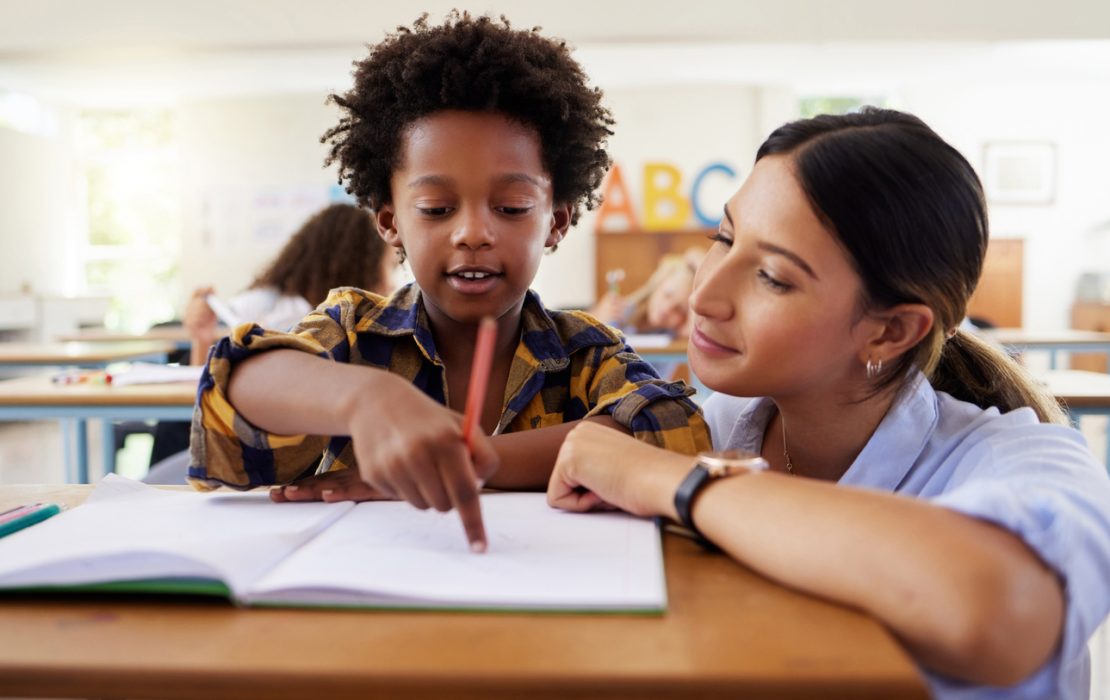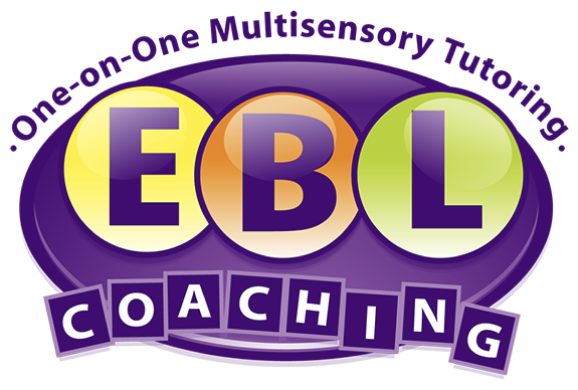
What to look for in tutors for students with learning disabilities?

Your child was diagnosed with a learning disability, and you don’t know where to turn. There may be some extra support your child’s school offers for building academic skills, but many students with learning disabilities benefit from specialized learning disability tutoring outside of school. What should you look for in a tutor for students with learning disabilities?
Specialized instruction
Students with learning disabilities typically need specialized tutoring, not generic tutoring or homework help. This tutoring should use research-based, multi-sensory methods and be catered to your child’s individualized needs. It is important that your child’s tutor learns about their diagnosis and areas of challenge and uses methods that are appropriate to their needs. Students with dyslexia, for instance, benefit from Orton Gillingham tutoring. Orton Gillingham is a research-based, multi-sensory technique that helps students develop their decoding and spelling skills. With this method, students typically learn the names of the letters and corresponding sounds using multi-sensory tools such as colored sand, audio-visual flash cards, and shaving cream. They then learn to blend these sounds together to form basic words. Later, they learn how to read and spell words containing blends, consonant digraphs, vowel digraphs, silent e patterns, r-controlled patterns, and so on, following a structured, systematic approach that integrates previously taught concepts as new ones are introduced.
Students with dyscalculia, or a math learning disability, typically benefit from specialized tutoring that is multi-sensory and integrates manipulatives specific to each concept, such as counters, base ten blocks, five frames, ten frames, fraction tiles, and so on. Those with dysgraphia, or a writing learning disability, also benefit from specialized tutoring catered to their needs – whether it’s learning to write a simple sentence, expanded sentence, simple paragraph, extended paragraph, or five paragraph essay. They should learn how to brainstorm, write, and self-check their work using a concrete, systematic approach, and should be given ample practice with each concept.
Structured plan
With learning disability tutoring, it’s important that a structured plan is in place. The tutor shouldn’t just help the student with homework or bring in random reading or writing sheets or workbooks. They should follow a systematic plan, starting with the child’s current levels and building upwards from there. For instance, if a child is able to read words with consonant-vowel-consonant patterns (like cat, rug, or mit), but struggles with words containing blends (like slug, frog, or blimp), their Orton Gillingham tutoring should begin with words containing blends and move upwards from there. Likewise, with other skills such as writing and math, the learning disability tutor should identify the starting point based on your child’s levels and come up with a structured plan to build their skills starting from where they are and moving upwards.
Review the child’s evaluation
Students with learning disabilities are typically evaluated in order to identify their diagnosis and specific needs. This may be an evaluation done at school or a more comprehensive private neuropsychological evaluation. For effective learning disability tutoring, the tutor should thoroughly read the child’s evaluation to gain a picture of their overall profile and academic needs in order to best help them. Many students with learning disabilities who have been evaluated have IEPs (Individualized Educational Programs) detailing their needs, goals, and necessary services. Others have a 504 plan detailing accommodations they should receive at school. The learning disability tutor should also read these documents and integrate any relevant information about the child’s profile into the tutoring.
Build a rapport
Having chemistry and a strong rapport is a key part of learning disability tutoring. Tutors for students with learning disabilities should get to know the child and their interests before delving into academic work. Many children with learning disabilities have experienced negativity surrounding school and their academic performance, so the tutor should try to be as positive and uplifting as possible when working with the child, building not just their academic skills but also their overall self-esteem.
Knowing what to look for in tutors for students with learning disabilities can be challenging, but using specialized instruction, having a structured plan, integrating information from the child’s evaluation, and building a strong rapport are key elements of successful learning disability tutoring.
Learn more about learning disability tutoring at
